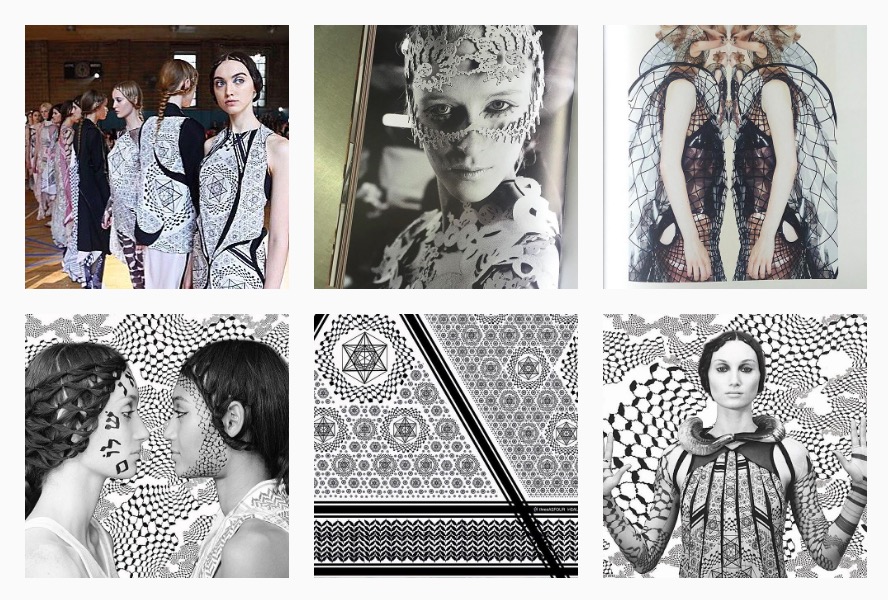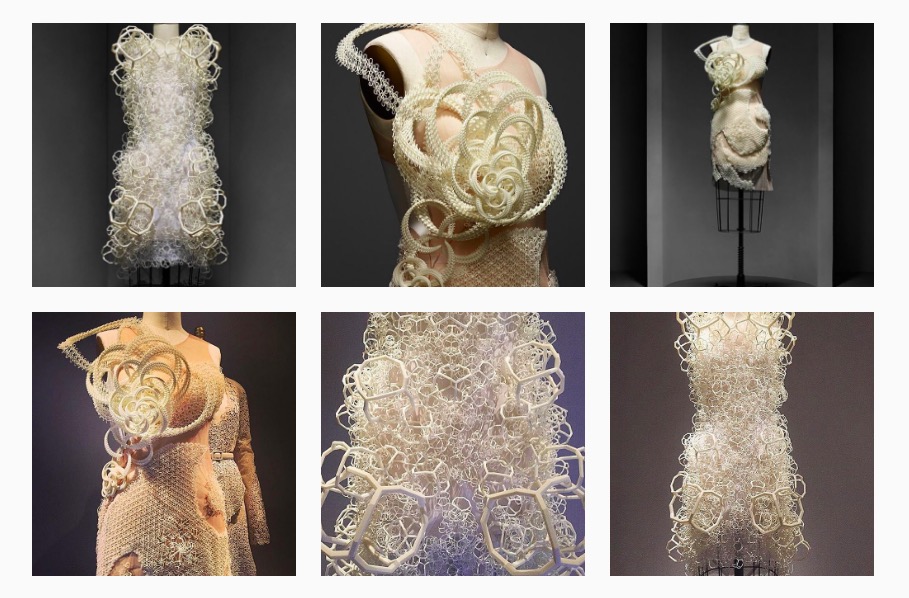Cover of Grandmother Days: A Taste of Bedouin Life, produced in Lakia.
In the Bedouin town of Lakia, in the upper Negev, is an extraordinarily forward-thinking enterprise that was conceived, initiated, and is today run by Bedouin women. The Desert Embroidery project, under the auspices of Lakia’s Association for the Improvement of Women’s Status, brings together unique time-honored skills and a much-needed source of income for the Bedouin community. Their products—vividly colored embroidered clothing, bags, and other goods—are irresistibly beautiful.
“These skills were not being learned by the younger girls. If we didn’t do something to preserve the skills, they would be lost.”
The project began with fifteen women and has trained over 160 to date, expanding into neighboring Bedouin communities. The operations are simple but groundbreaking for this community: a core of women is responsible for design and development, obtaining embroidery materials, worker training, and marketing; and another group looks out for quality control of the finished goods. As of this writing, some sixty women in and around Lakia are working from their homes doing hand embroidery. They visit the center twice a week to collect materials, drop off finished items, learn new designs, and attend workshops and lectures. Each woman chooses how much she can work and is paid according to the amount she produces.
Hessin Elsana, one of the Desert Embroidery project’s founders, acknowledges it is difficult for outsiders to imagine the isolation that is possible in such a culture. In the Bedouin culture, she says, “the woman is the center of the household. She’s supposed to help with the education and raising of the children.” But among traditional Bedouins, embroidery is a respected and accepted activity for women, even in the most conservative of households. Furthermore, as Lakia grew, new infrastructures and amenities, such as running water, were changing the pace of the day: if women didn’t have to spend time fetching water from a distant well, how else might that time be productively spent? And now there were new costs such as mortgages to be paid. “The women wanted to do something to contribute that they felt comfortable with, an activity that was suitable for them, that they already knew something about, and that they could do something with,” explains Hessin. “Also, these skills were not being learned by the younger girls. If we didn’t do something to preserve the skills, they would be lost.”











